Home>Articles>Which Electric Motor Is Equal To What Glow Engine
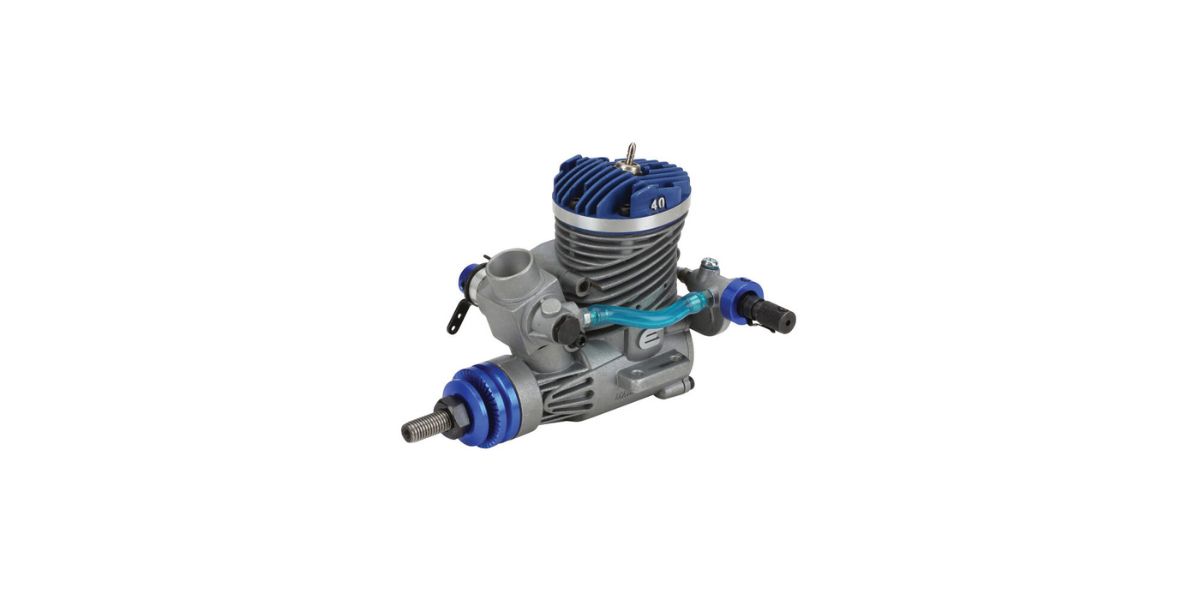

Articles
Which Electric Motor Is Equal To What Glow Engine
Modified: January 7, 2024
Discover the top electric motor options that can provide the same performance as a glow engine. Read our informative articles to make an informed decision.
(Many of the links in this article redirect to a specific reviewed product. Your purchase of these products through affiliate links helps to generate commission for Storables.com, at no extra cost. Learn more)
Introduction
For many years, glow engines have been the go-to choice for hobbyists and enthusiasts in the world of remote-controlled (RC) models. These engines, powered by a mixture of methanol, nitromethane, and lubricating oil, have provided reliable and impressive performance. However, with advancements in technology, electric motors have become a viable alternative to glow engines, offering their own set of advantages.
In this article, we will explore the differences between electric motors and glow engines and provide you with some insights on which electric motor can be considered equivalent to different sizes of glow engines. Whether you are a beginner or an experienced RC enthusiast looking to make the switch, this article will help you navigate the world of electric motors and find the equivalent motor size that suits your needs.
Key Takeaways:
- Electric motors offer a quieter, cleaner, and more beginner-friendly alternative to glow engines, with options available for different sizes of glow engines, providing RC enthusiasts with a wide range of choices for their specific needs.
- When considering the transition from glow power to electric power, factors such as power requirements, weight compatibility, battery capacity, and flight duration should be carefully evaluated to ensure a successful and satisfying conversion, allowing enthusiasts to enjoy the benefits of electric power in their RC models.
Read more: What Is An Electric Motor Capacitor?
Differences between Electric Motors and Glow Engines
Before diving into the equivalent electric motor options, let’s first understand the key differences between electric motors and glow engines.
Power Source: The primary difference lies in the power source. Glow engines rely on a combustion process fueled by a mixture of methanol, nitromethane, and lubricating oil. On the other hand, electric motors are powered by rechargeable batteries, which provide clean and consistent power.
Noise and Emissions: Glow engines are known for their distinct noise and exhaust emissions. The combustion process produces loud noises and releases exhaust gases, making them less ideal for noise-restricted areas. Electric motors, on the other hand, operate silently and do not produce any harmful emissions, offering a quieter and more environmentally-friendly experience.
Start and Stop Mechanism: Glow engines require a specific starting procedure, involving a glow plug igniter, fuel priming, and careful tuning. Electric motors, on the other hand, can be started with a simple push of a button. This convenience makes electric motors more beginner-friendly and easy to operate.
Maintenance: Glow engines require regular maintenance, including cleaning the carburetor, replacing glow plugs, and cleaning the exhaust system. Electric motors, on the other hand, have fewer moving parts and require less maintenance, making them easier to maintain and operate in the long run.
Power and Performance: Glow engines are known for their high power output and torque, providing impressive performance for larger RC models. Electric motors have come a long way in terms of power and performance, and while they may not match the raw power of glow engines, they offer consistent and responsive power delivery.
Flight Time: Electric motors generally have shorter flight times compared to glow engines. This is due to the limited energy capacity of batteries. However, with advancements in battery technology, the flight time of electric motors has significantly improved, and for smaller RC models, it can be comparable to the flight duration of glow engines.
Cost: Electric motors tend to have a higher upfront cost compared to glow engines. However, the cost of operating electric motors is generally lower in the long run, considering factors such as fuel costs and maintenance expenses associated with glow engines.
Understanding these key differences will help you make an informed decision when comparing electric motors to glow engines. Now let’s explore the equivalent electric motor options for different sizes of glow engines.
Factors to Consider when Comparing Electric Motors to Glow Engines
When comparing electric motors to glow engines, there are several factors to consider to ensure you choose the appropriate equivalent motor size. Here are some key factors to keep in mind:
Power Requirement: Determine the power requirement of the RC model you intend to power. The power requirement is usually measured in watts or horsepower. Make sure to choose an electric motor that can provide the necessary power to achieve the desired performance.
Weight Considerations: Consider the weight of the RC model and the propulsion system. Electric motors and batteries can be heavier than glow engines and fuel tanks. Ensure that the chosen electric motor does not overload the RC model and affect its flight characteristics.
Battery Compatibility: Electric motors require batteries for operation. Make sure to choose a motor that is compatible with the type and capacity of batteries you intend to use. Check the motor’s voltage and current specifications to ensure they match the battery requirements.
Flight Duration: Consider the flight duration or runtime you expect from the RC model. Electric motors have limited flight times due to battery capacity. Calculate the estimated flight duration based on the motor’s power consumption and the capacity of the batteries you plan to use.
Motor Mounting and Propeller Size: Electric motors may have different mounting options compared to glow engines. Ensure that the motor’s mounting configuration matches your RC model. Additionally, consider the size and pitch of the propeller compatible with the motor to achieve optimal performance.
Airframe Compatibility: Different RC models have different airframe characteristics, such as wing loading, aerodynamics, and structural integrity. Consider the compatibility of the chosen electric motor with the specific airframe to ensure efficient and safe operation.
Experience Level: Consider your experience level as an RC enthusiast. Electric motors are generally more beginner-friendly, while glow engines require more tuning and maintenance expertise. Choose a system that aligns with your skill level and comfort in operating and maintaining the propulsion system.
Budget: Determine your budget for the propulsion system. Electric motors can have higher upfront costs due to the need for batteries and compatible electronics. Consider the long-term costs of fuel versus battery expenses when making your decision.
Considering these factors will help you make an informed decision when comparing electric motors to glow engines. Now, let’s explore the equivalent electric motor options for different sizes of glow engines.
Equivalent Electric Motor Options for .15 Glow Engines
If you have been using a .15 glow engine and considering switching to electric power, there are several equivalent electric motor options available. These electric motors are designed to provide similar power and performance to a .15 glow engine. Here are some popular options:
- Brushed DC Motors: Brushed DC motors, such as the Speed 400 or Speed 480, are commonly used as equivalent options for .15 glow engines. These motors provide reliable and cost-effective power for smaller RC models. They are typically paired with a compatible electronic speed controller (ESC) and a 7.2V NiMH or a 2S LiPo battery pack.
- Brushless Motors: Brushless motors offer higher efficiency and power compared to brushed motors. For a .15 glow engine equivalent, you can consider a brushless outrunner motor such as the E-flite Power 15 or the Turnigy Aerodrive SK3 3542. These motors are suitable for medium-sized RC models and provide a good balance between power and flight duration. They are commonly used with a 3S LiPo battery pack and a suitable ESC.
- Mini Electric Ducted Fan (EDF) Systems: If you are looking for a unique and exciting option, you can consider a mini electric ducted fan (EDF) system. These systems use a brushless motor combined with a small fan unit to create thrust. For a .15 glow engine equivalent, you can look into EDF systems such as the E-flite Delta-V 15 or the Schübeler DS-30-AXI HDS. These systems offer impressive performance and are ideal for RC jets or models that require high-speed flights. They are commonly used with a 4S LiPo battery pack and a compatible ESC.
When considering the equivalent electric motor options for a .15 glow engine, it is important to match the motor’s power, weight, and propeller size to maintain similar performance characteristics. Additionally, consider the battery capacity and flight duration required for your RC model.
Before finalizing your motor selection, it is always recommended to carefully read the manufacturer’s specifications and recommendations to ensure compatibility and optimal performance. Consulting with fellow RC enthusiasts or seeking advice from online forums and hobby shops can also provide valuable insights.
Now that you have explored the equivalent electric motor options for a .15 glow engine, let’s move on to the options available for .25 glow engines.
When comparing electric motors to glow engines, a general rule of thumb is that a 0.40-size glow engine is roughly equivalent to a 400-500 watt electric motor. This can vary based on specific motor and engine characteristics, but it’s a good starting point for matching power levels.
Equivalent Electric Motor Options for .25 Glow Engines
If you have been using a .25 glow engine and are considering transitioning to electric power, there are several equivalent electric motor options available. These electric motors are designed to provide similar power and performance to a .25 glow engine. Here are some popular options:
- Brushless Motors: Brushless motors are a common choice for equivalent electric power in .25 glow engines. Motors such as the E-flite Power 25 or the Turnigy G25 offer a good balance of power and efficiency. These motors are suitable for medium-sized RC models and can deliver impressive performance when paired with a 3-4S LiPo battery pack and a compatible ESC.
- Gas Engine Conversion: Another option for equivalent power is to convert your .25 glow engine to a gas engine. Gas engines, such as the DLE-20 or the Evolution 20GX, offer similar power output and performance. While this may require some modifications and additional components, it provides a seamless transition from glow power to gas power.
- Multi-Rotor Motors: If you are looking to power a multi-rotor aircraft, such as a quadcopter or a hexacopter, you can consider using multi-rotor motors as an equivalent option for a .25 glow engine. Motors like the DJI E800 or the Tiger Motor Navigator MN5008 provide excellent power and efficiency for aerial applications. Pair these motors with suitable propellers and Electronic Speed Controllers (ESCs) to achieve optimal performance.
When choosing the equivalent electric motor for your .25 glow engine, consider factors such as power requirement, weight compatibility, and flight duration. Ensure that the chosen motor can provide the necessary thrust and can handle the weight of your RC model. Also, consider the battery capacity and flight duration you expect to achieve, and choose a motor that can accommodate your needs.
It is always important to refer to the manufacturer’s specifications and recommendations to ensure proper compatibility and optimal performance. Consulting with fellow RC enthusiasts or seeking advice from online forums and hobby shops can also provide valuable insights when making your decision.
Now that you have explored the equivalent electric motor options for a .25 glow engine, let’s move on to the options available for .40 glow engines.
Read more: What Causes An Electric Motor To Overheat
Equivalent Electric Motor Options for .40 Glow Engines
If you have been using a .40 glow engine and are considering switching to electric power, there are several equivalent electric motor options available. These electric motors are designed to provide similar power and performance to a .40 glow engine. Here are some popular options:
- Brushless Motors: Brushless motors are an excellent choice for equivalent electric power in .40 glow engines. Motors such as the E-flite Power 46 or the Turnigy G32 offer a good balance of power and efficiency. These motors are suitable for medium-sized RC models and can deliver impressive performance when paired with a 4-6S LiPo battery pack and a compatible ESC.
- Gas Engine Conversion: Similar to the .25 glow engines, another option for equivalent power is to convert your .40 glow engine to a gas engine. Gas engines, such as the DLE-30 or the Zenoah G38, provide similar power output and performance. Again, this may require some modifications and additional components, but it offers a seamless transition from glow power to gas power.
- Electric Ducted Fan Systems (EDF): If you are interested in powering an RC jet or a high-speed aircraft, electric ducted fan (EDF) systems can be a suitable option for a .40 glow engine equivalent. Consider EDF units such as the E-flite Habu 32 or the Schübeler DS-86-AXI HDS. These systems offer impressive power and performance, and they are commonly used with a 6S LiPo battery pack and a compatible ESC.
When selecting the equivalent electric motor for your .40 glow engine, consider factors such as power requirement, weight compatibility, and flight duration. Ensure that the chosen motor can provide sufficient thrust and can handle the weight and size of your RC model. Also, consider the battery capacity and flight duration you expect to achieve, and choose a motor that can meet your needs.
Refer to the manufacturer’s specifications and recommendations to ensure proper compatibility and optimal performance. Consulting with fellow RC enthusiasts, online forums, and hobby shops can also provide valuable insights and recommendations when making your decision.
Now that you have explored the equivalent electric motor options for a .40 glow engine, let’s move on to the options available for .60 glow engines.
Equivalent Electric Motor Options for .60 Glow Engines
If you have been using a .60 glow engine and are considering transitioning to electric power, there are several equivalent electric motor options available. These electric motors are designed to provide similar power and performance to a .60 glow engine. Here are some popular options:
- Brushless Motors: Brushless motors are a popular choice for equivalent electric power in .60 glow engines. Motors such as the E-flite Power 60 or the Turnigy G60 offer a good balance of power and efficiency. These motors are suitable for larger-sized RC models and can deliver impressive performance when paired with a 6S LiPo battery pack and a compatible ESC.
- Gas Engine Conversion: Converting your .60 glow engine to a gas engine is another option for equivalent power. Gas engines, such as the DLE-55 or the Evolution 62GX, provide similar power output and performance. While this may require some modifications and additional components, it provides a seamless transition from glow power to gas power.
- Electric Ducted Fan Systems (EDF): For RC jets or high-speed aircraft, electric ducted fan (EDF) systems can be a suitable option as a .60 glow engine equivalent. Consider EDF units such as the E-flite Viper 70mm or the Schübeler DS-98-AXI HDS. These systems offer impressive power and performance, commonly used with a 6S or 8S LiPo battery pack and a compatible ESC.
When choosing the equivalent electric motor for your .60 glow engine, consider factors such as power requirement, weight compatibility, and flight duration. Ensure that the chosen motor can provide sufficient thrust and can handle the size and weight of your RC model. Also, consider the battery capacity and flight duration you expect to achieve, and choose a motor that can meet your needs.
Refer to the manufacturer’s specifications and recommendations to ensure proper compatibility and optimal performance. Consulting with fellow RC enthusiasts, online forums, and hobby shops can also provide valuable insights and recommendations when making your decision.
Now that you have explored the equivalent electric motor options for a .60 glow engine, you have a better understanding of the available alternatives. Whether you choose a brushless motor, a gas engine conversion, or an electric ducted fan system, each option offers its own advantages and considerations. Take into account your specific requirements and preferences to make an informed decision and enjoy the benefits of electric power in your RC models.
Remember, as with any transition, it is essential to thoroughly research and consult with experienced RC enthusiasts or professionals to ensure a successful and satisfying conversion from glow power to electric power.
Conclusion
As technology continues to evolve, electric motors have become a viable alternative to traditional glow engines in the world of RC models. By understanding the differences between electric motors and glow engines, as well as the factors to consider when comparing them, you can make an informed decision when transitioning from glow power to electric power.
We explored equivalent electric motor options for different sizes of glow engines, including .15, .25, .40, and .60 glow engines. From brushed and brushless motors to gas engine conversions and electric ducted fan systems, there are a variety of options available to suit your needs.
When making your selection, it’s important to consider factors such as power requirements, weight compatibility, battery capacity, flight duration, and your overall budget. Additionally, consulting with fellow RC enthusiasts, seeking advice from online forums, and reaching out to hobby shops can provide valuable insights and recommendations specific to your desired setup.
Ultimately, the transition from glow power to electric power offers advantages such as reduced noise and emissions, easier operation, lower maintenance requirements, and improved flexibility in noise-restricted areas. While electric motors may not match the raw power of glow engines, they offer consistent and responsive performance, making them a popular choice among RC enthusiasts.
Remember, when making the switch, be sure to carefully read and follow the manufacturer’s specifications and recommendations for optimal performance and safety. With proper research, planning, and consideration, you can successfully enjoy the benefits of electric power in your RC models.
So, whether you’re a beginner starting out in the RC hobby or an experienced enthusiast looking for a change, consider the equivalent electric motor options for your glow engine and embark on a new and exciting journey with electric power.
Frequently Asked Questions about Which Electric Motor Is Equal To What Glow Engine
Was this page helpful?
At Storables.com, we guarantee accurate and reliable information. Our content, validated by Expert Board Contributors, is crafted following stringent Editorial Policies. We're committed to providing you with well-researched, expert-backed insights for all your informational needs.
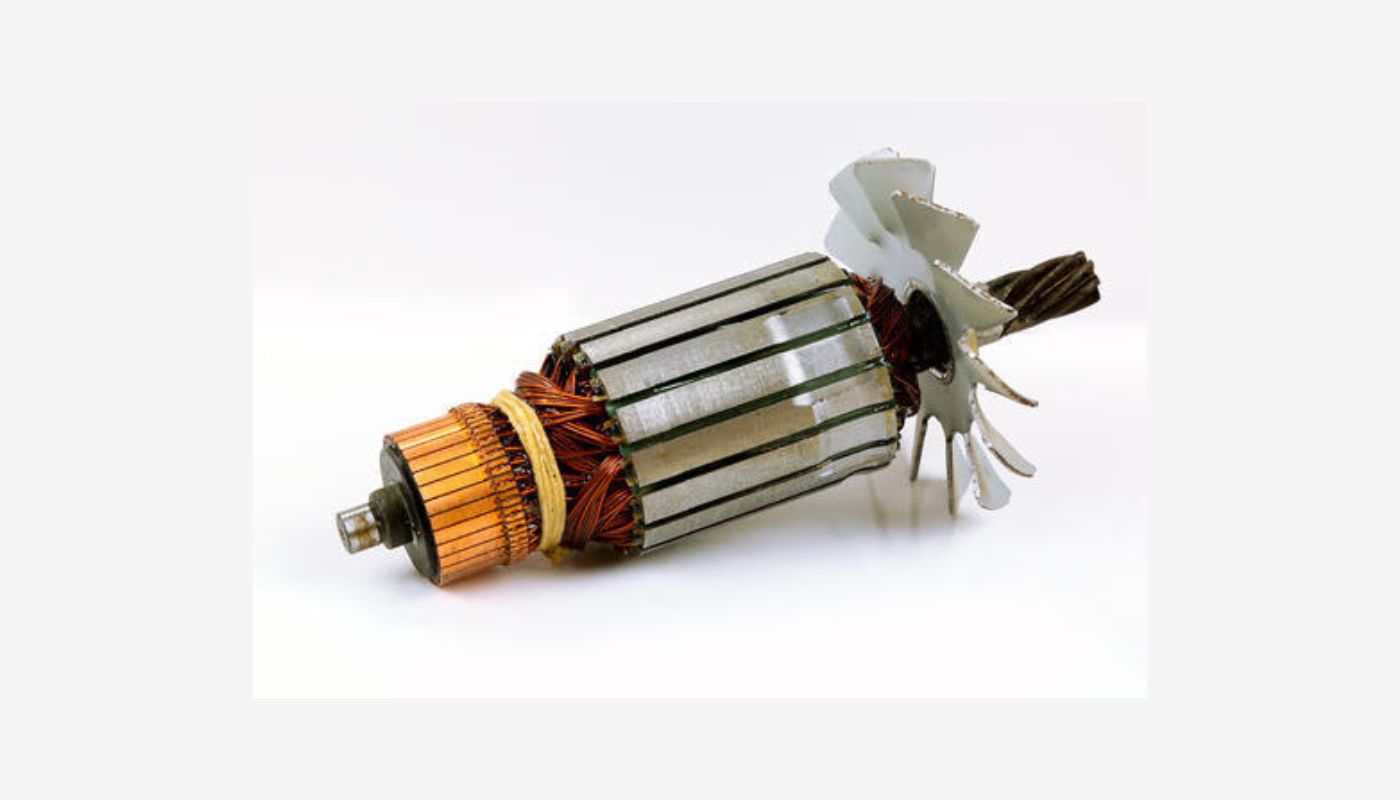

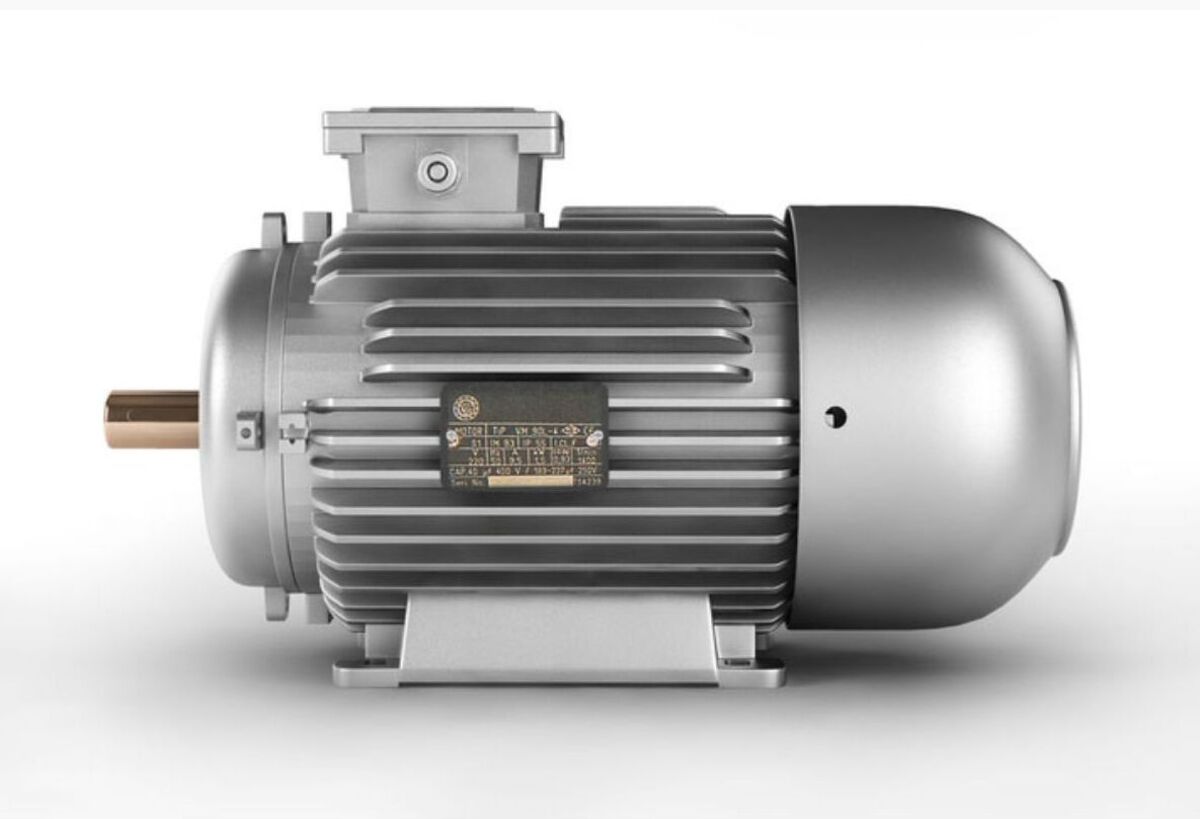
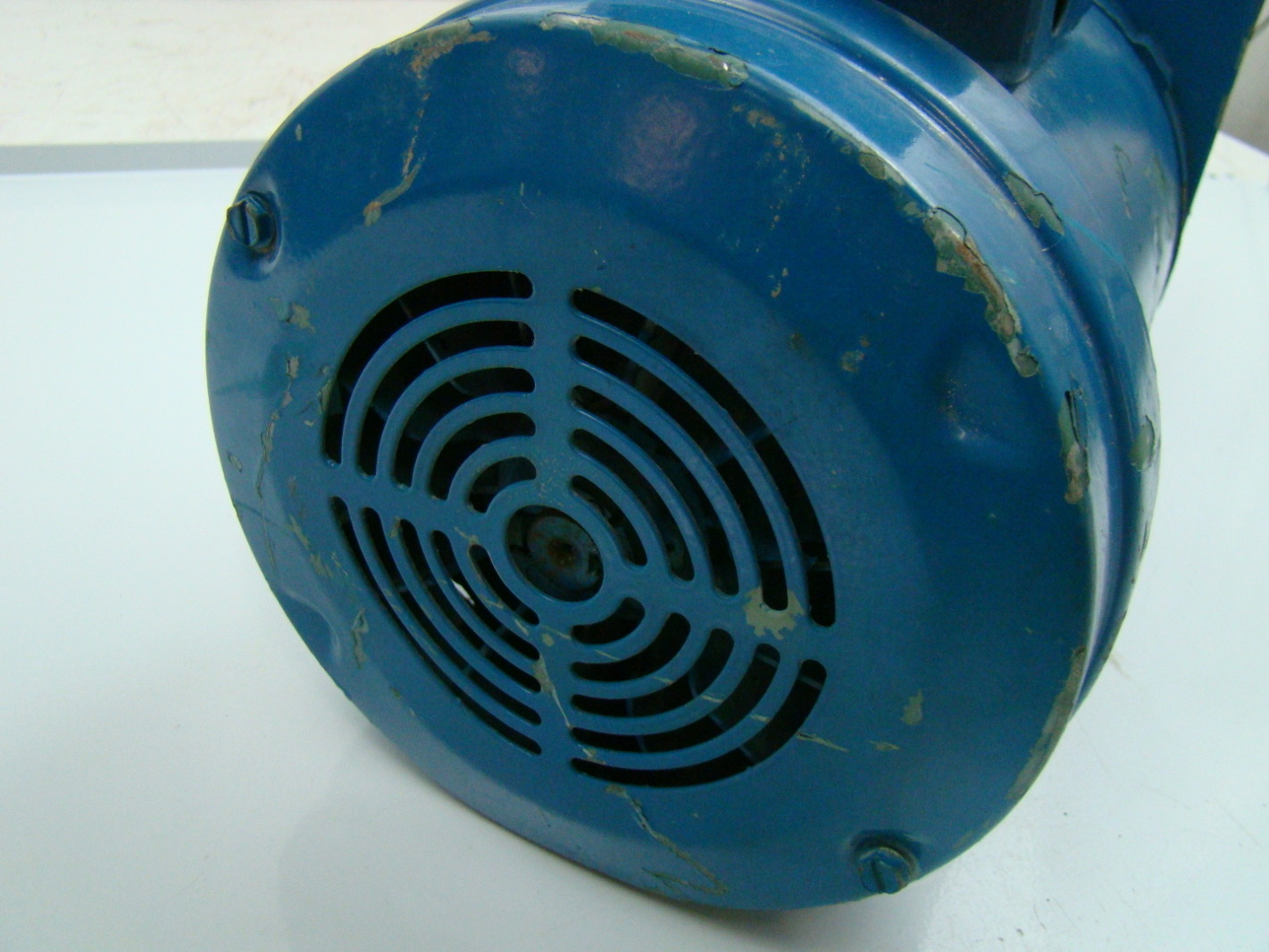
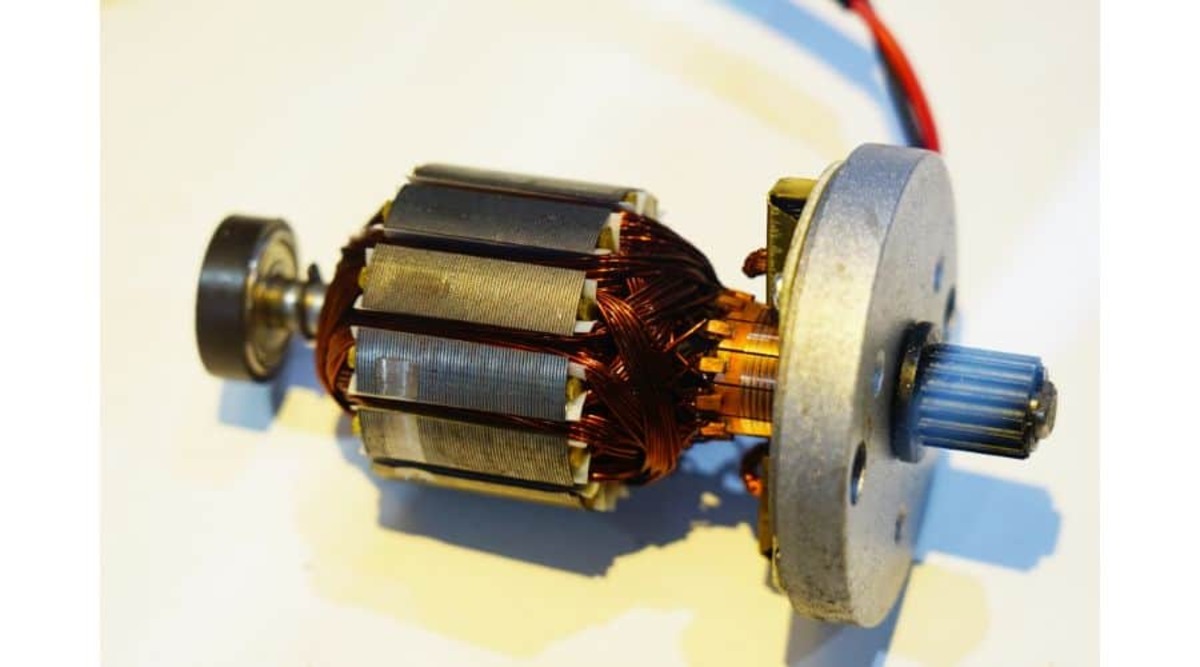
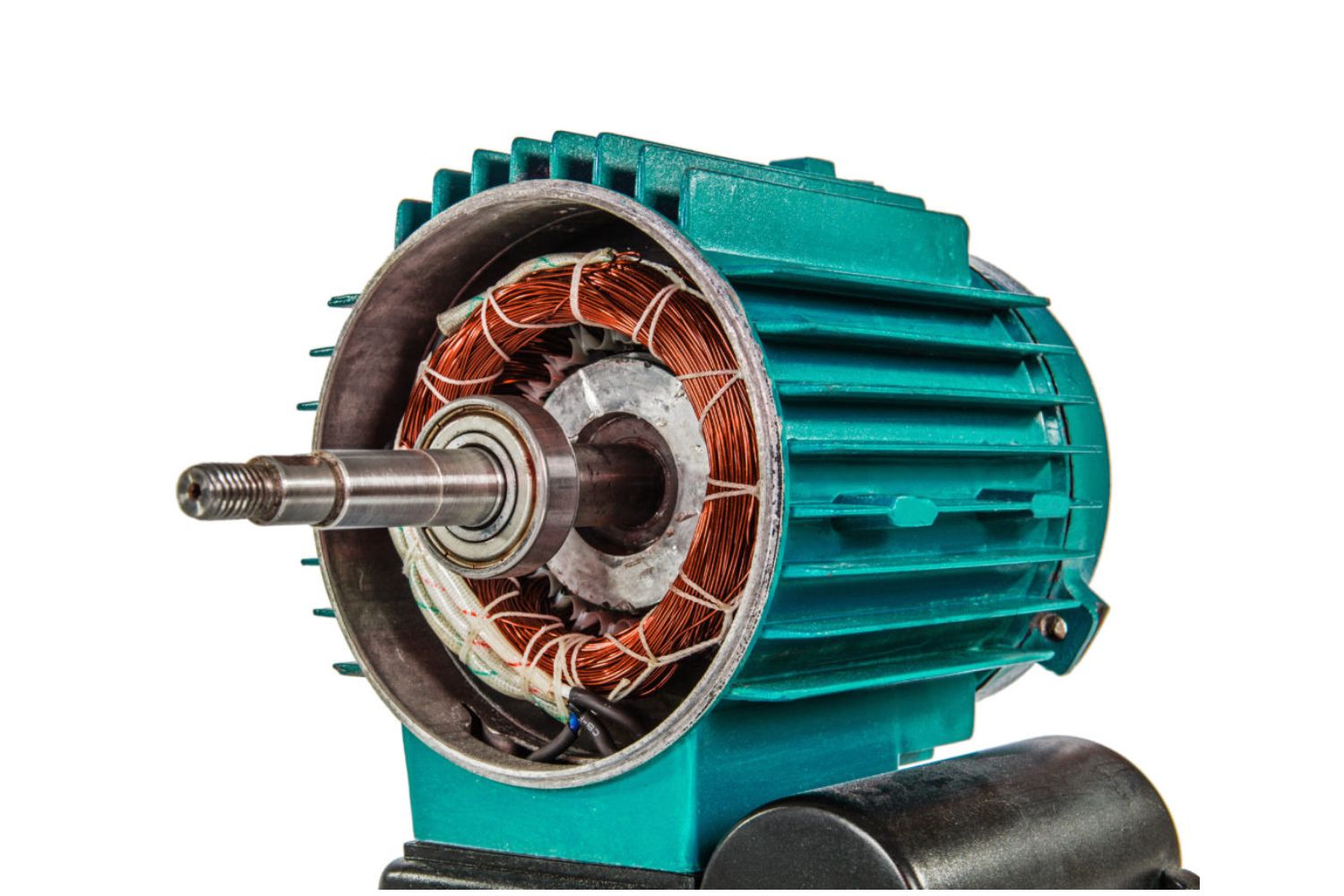
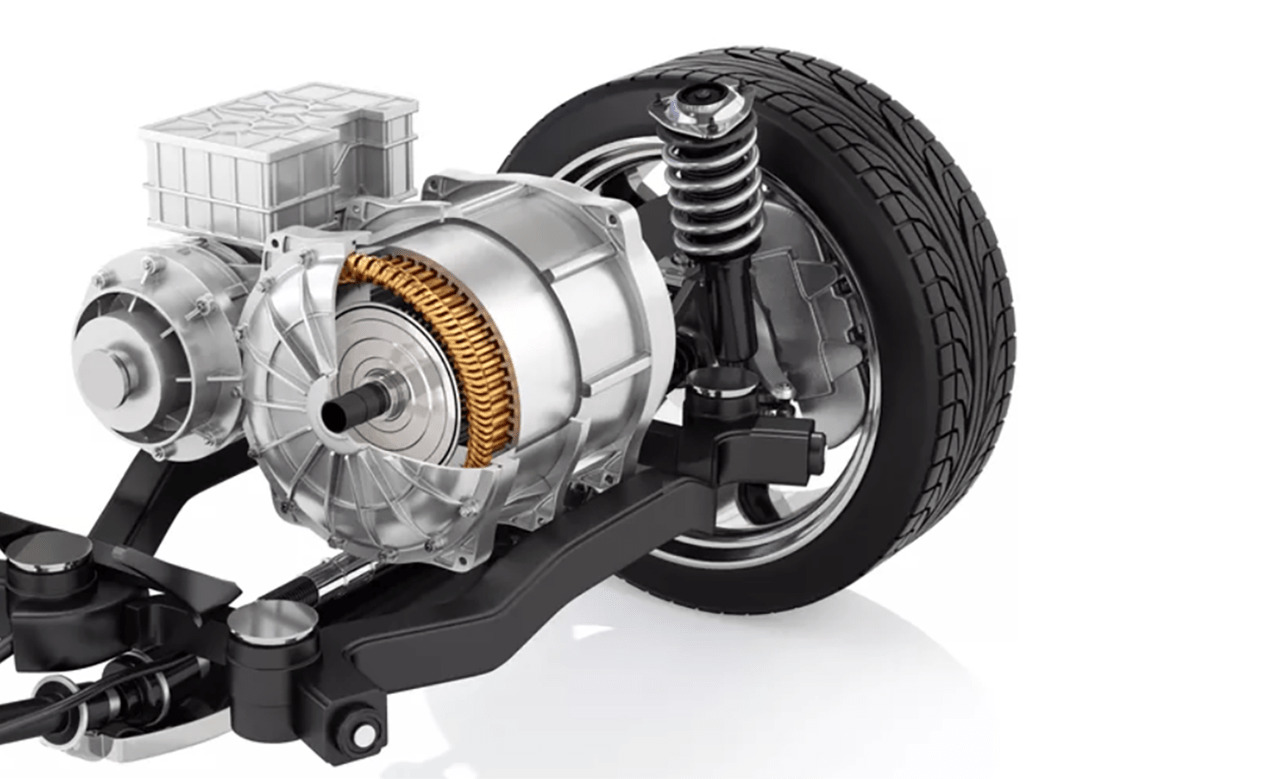
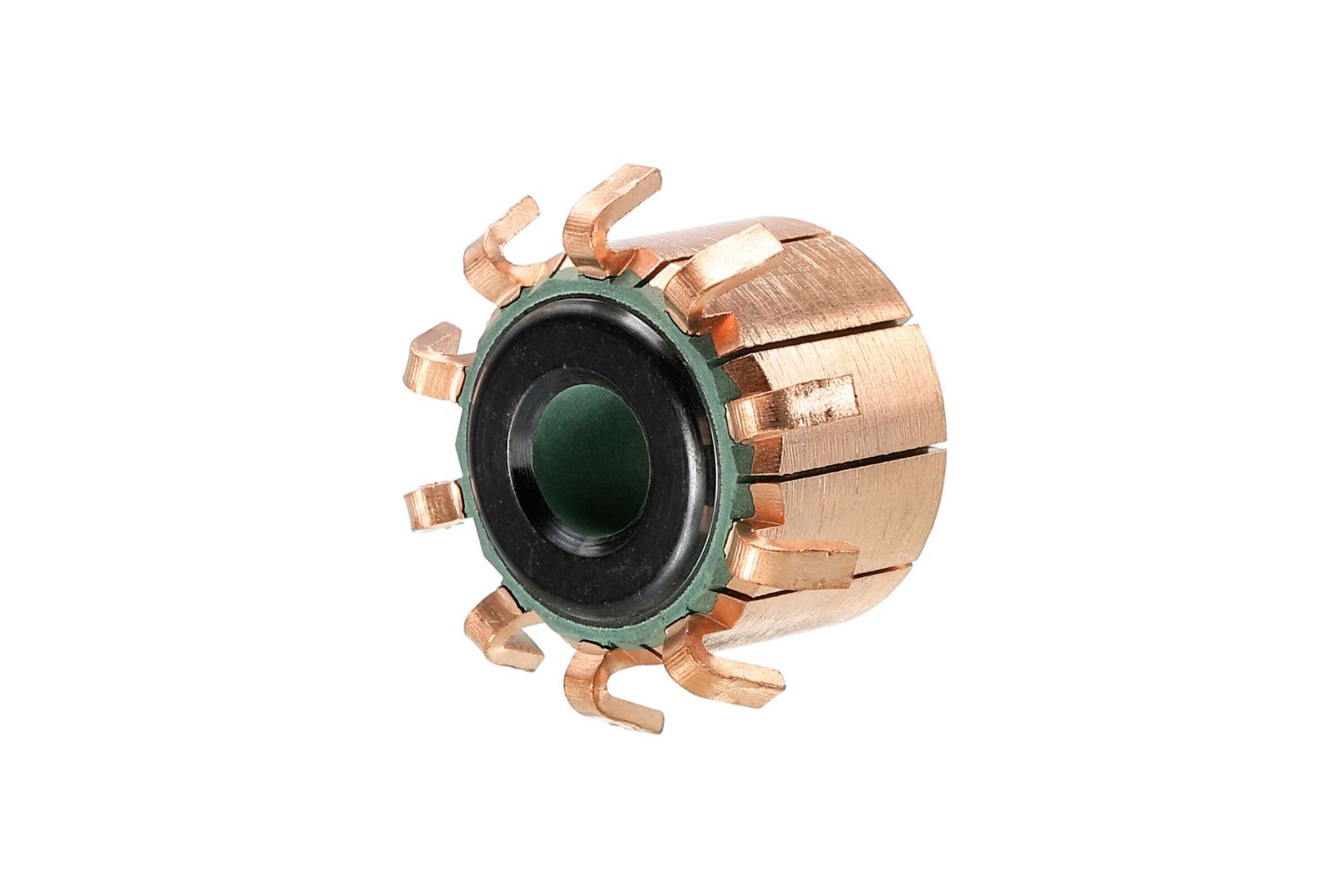

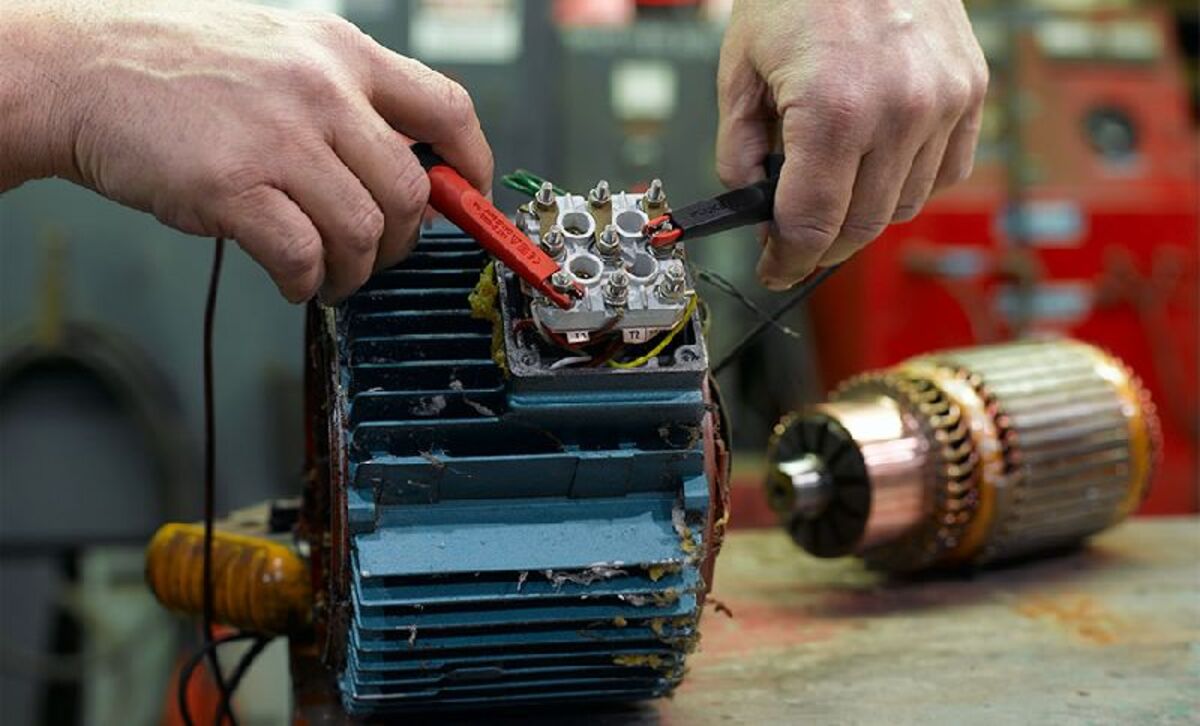

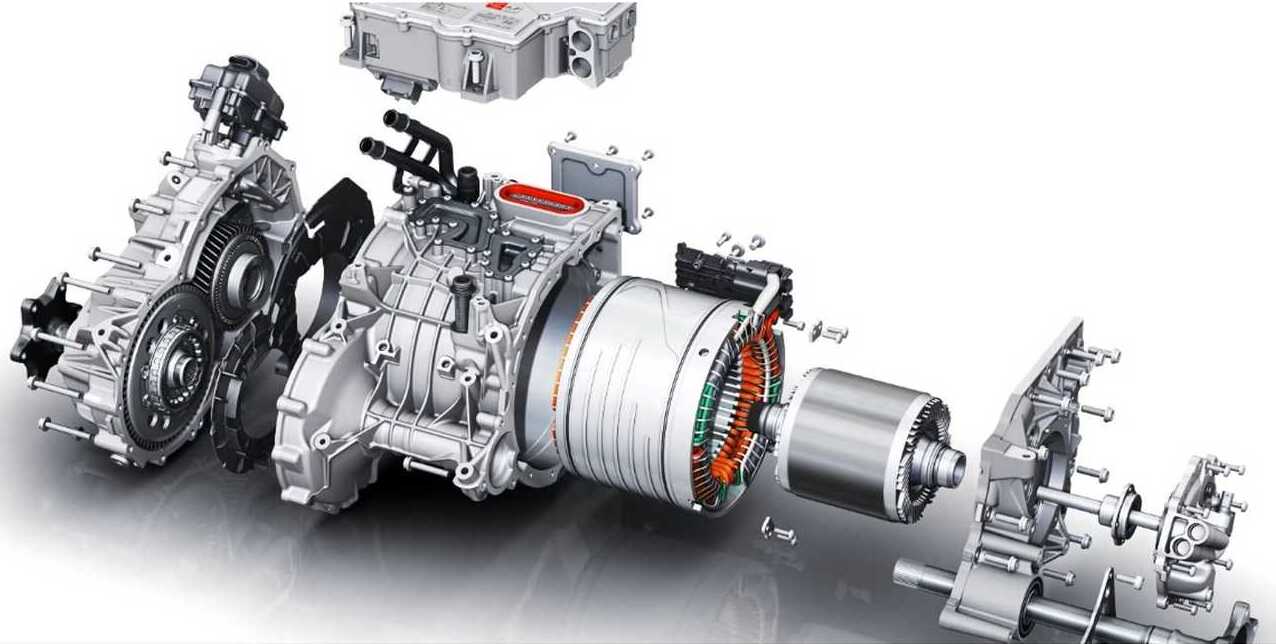
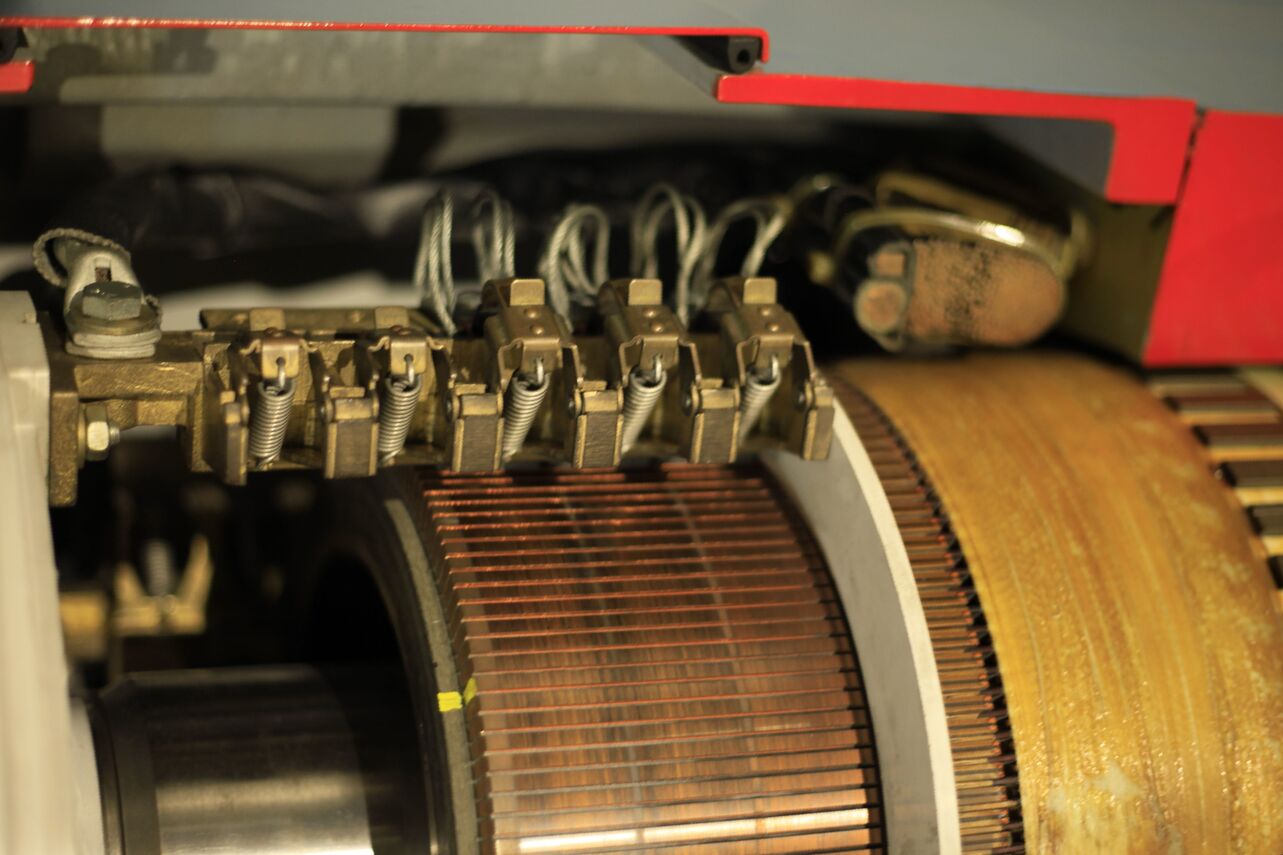
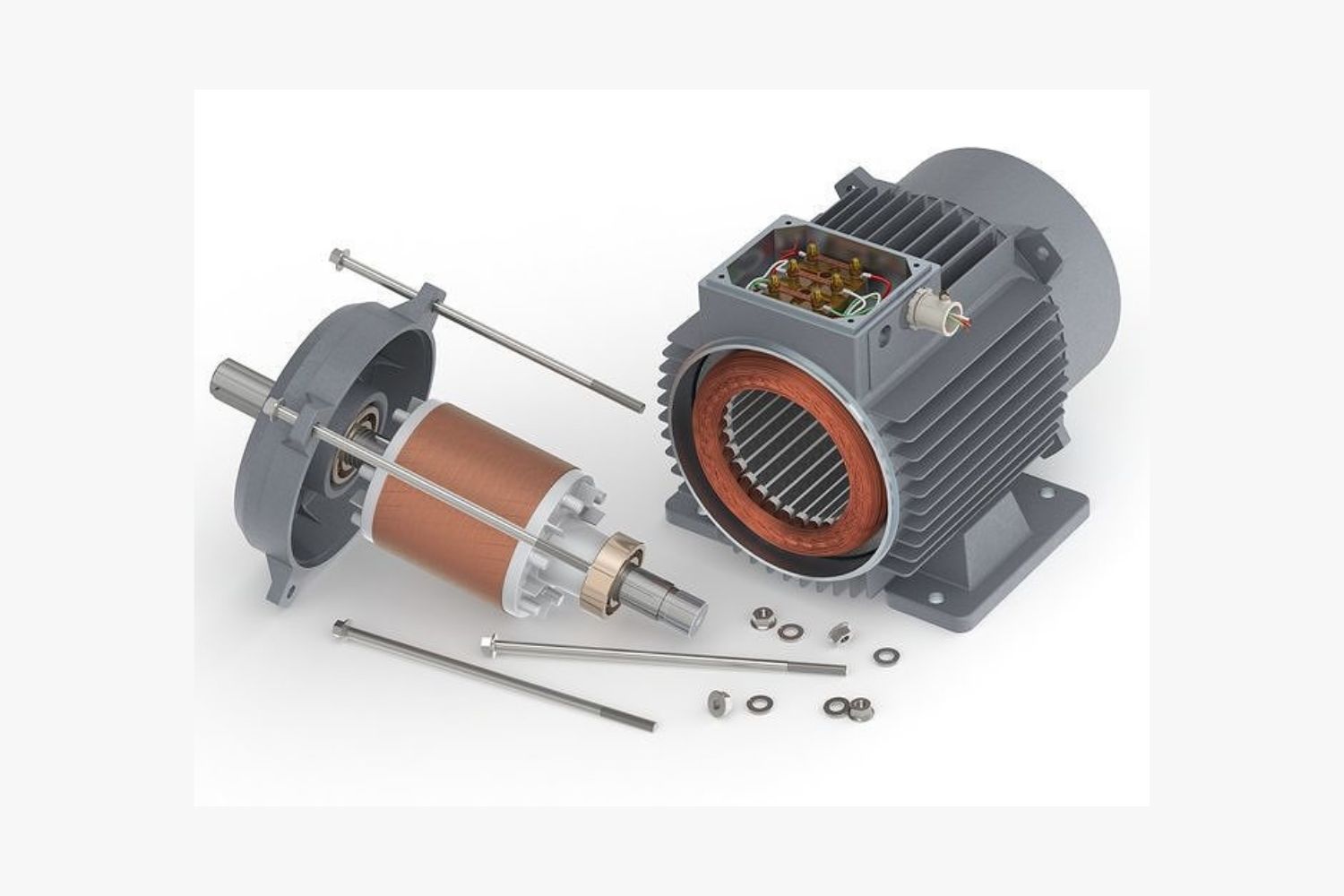

0 thoughts on “Which Electric Motor Is Equal To What Glow Engine”